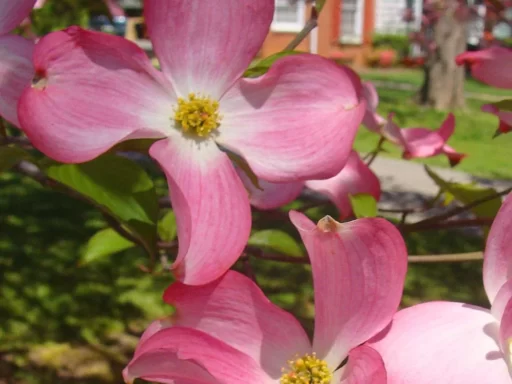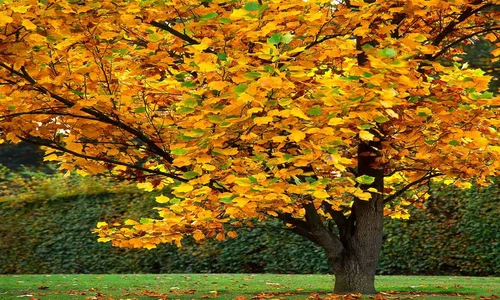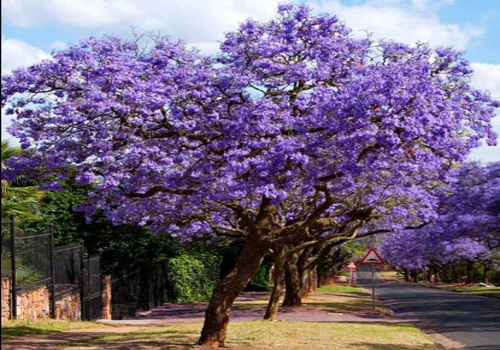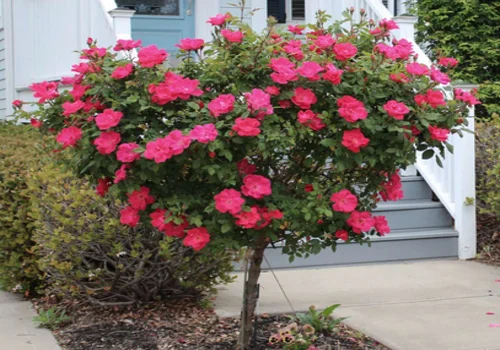The Eastern Redbud is a cherished tree, known for its striking purple-pink blooms that mark the arrival of spring. It’s one of the first trees to flower each year, adding a burst of color to gardens as it blooms on old wood. Its vibrant easter flowers signal the end of winter and the beginning of warmer months, making it a popular choice for homeowners and landscapers alike.
Four Seasons of Color and Resilience
Though it appears delicate, the Eastern Redbud is a remarkably hardy tree. It can thrive in a wide range of climates, from the coldest regions in the north to the warmer parts of Florida and even California. With a cold hardiness down to -20 degrees Fahrenheit, this tree is built to resist ice damage and extreme weather conditions. It’s also adaptable to various soil types, making it a versatile option for many landscapes.
The Eastern Redbud boasts a rounded, dense canopy with unique branching, offering visual interest year-round. Its leaves transform throughout the seasons, providing a new look as the months go by. From the vibrant pink-purple blooms of spring to the rich greens of summer and the golden hues of autumn, the Eastern Redbud offers four seasons of color without the need for constant maintenance.
Perfect for Smaller Spaces
One of the standout features of the Eastern Redbud is its ability to fit into smaller landscapes. Whether you have a compact garden or a larger yard, this tree’s spreading silhouette and dense canopy make it an excellent addition. Despite its size, the Redbud delivers an abundance of blooms and colorful foliage, ensuring that it enhances any space with its natural beauty.

Planting and Care Instructions
Here are some basic tips for planting and caring for your Eastern Redbud:
- Planting: Choose a location with well-drained soil and full to partial sunlight. Dig a hole that is twice the width of the tree’s root ball and just as deep. Place the tree in the hole, ensuring the top of the root ball is even with the ground. Backfill the soil, water to settle the roots, and mulch around the base to retain moisture.
- Watering: Water your tree weekly, especially in the first few months after planting. Check the soil regularly—if it’s dry about 2 to 3 inches down, it’s time to water.
- Fertilizing: While not necessary, you can fertilize your tree in early spring before new growth begins using a balanced, general-purpose fertilizer.
Conclusion
The Eastern Redbud is a stunning, low-maintenance tree that offers year-round beauty. Its adaptability to various climates and soil types, combined with its vibrant seasonal transitions, makes it a fantastic choice for any garden. Whether you have a small space or a larger yard, this tree’s striking appearance and easy care ensure it will be a standout feature in your landscape.
Frequently Asked Questions (FAQs)
- How tall does the Eastern Redbud grow? The Eastern Redbud typically grows to a height of 20 to 30 feet, making it suitable for both small and large gardens.
- When does the Eastern Redbud bloom? The tree blooms in early spring, usually between March and April, depending on the climate.
- What type of soil is best for the Eastern Redbud? The tree adapts well to various soil types, but it prefers well-drained soil for optimal growth.
- How much sunlight does the Eastern Redbud need? The tree thrives in full to partial sunlight, with at least 4 to 6 hours of sunlight per day.
- Can the Eastern Redbud withstand cold temperatures? Yes, the Eastern Redbud is cold-hardy down to -20 degrees Fahrenheit, making it suitable for colder climates.
- How often should I water the Eastern Redbud? Water the tree weekly, especially during the first few months after planting. Make sure to water more frequently during hot, dry periods.
- Do I need to prune the Eastern Redbud? Pruning is not necessary, but you can remove dead or damaged branches in late winter or early spring to promote healthy growth.




